DROPS Fiesta
Superwash treated sock wool
from:
4.05CAD
per 1.8 oz
Content: 75% Wool, 25% Polyamide
Yarn Group:
B (20 - 22 stitches)
/ 8 ply / DK
Weight/yardage: 1.8 oz (50 g) = approx 120 yds (110 m)
Recommended needle size: US 6 / 4 mm
Gauge: 4" x 4" / 10 x 10 cm = 21 sts x 28 rows
Care: Machine wash on gentle cycle warm 40°C / 104F. Don’t use fabric softener. Dry Flat
Superwash: yes
Made in: EU
Raw material origin: Wool from South America, polyamide from Germany
This yarn has an Oeko-Tex® certification (certificate number 2013OK0060), Standard 100, Class I from the Aitex Technical Textile Institute. This means that is has been tested for harmful substances and is considered safe in human-ecological terms. Class I is the highest level, and it means the yarn is suitable for baby articles (ages 0-3).
DROPS Fiesta is a vibrant and hard wearing, 4-stranded sock yarn that is superwash treated, which makes it machine washable and easy to care for. A fun and colorful all-round yarn that is warm and soft to the touch and suitable for far more than socks; try it on sweaters, cardigans and hats!
Part of Yarn Group B, DROPS Fiesta is a perfect fit for patterns designed for DROPS Karisma, DROPS Lima, DROPS Merino Extra Fine and more...
Print colors in DROPS Fiesta have a hand-dyed look, with slight variations in pattern and nuance, which means no two skeins will look exactly the same. These variations are not defects but rather a characteristic of the dyeing technique used in the yarn.
The knitted samples in this shade card show the color transitions you can expect when knitting a small number of stitches, such as in socks, so you can expect the color gradient to look different/vary in projects with a different width.
Read more about our products' sustainability here
Please be aware that the colours shown may vary from screen to screen in the same way that shades may vary slightly from dye lot to dye lot.
How do I care for this yarn?

Machine wash on gentle cycle warm 40°C / 104F. Don’t use fabric softener. Dry Flat
First of all, consider just airing the garment, instead of washing it. If you still desire to wash it, here are some guidelines:
- Machine wash superwash treated wool - separately - using a wool/gentle cycle program at 40ºC with a light centrifugation (about 800rpm), and wool detergent without enzymes or optical brighteners.
- Don’t use fabric softener with superwash treated yarn.
- NEVER leave the garment to soak/wet in the washing machine for a long period of time.
- To dry the garment, shape it and lay it flat - do not hang - ideally on a warm bathroom floor or on top of a drying rack in a room with good air circulation. Never dry the garment in direct sunlight.
- Don’t tumble dry.
- Never iron the garment directly. Use always a damp cloth between your steaming iron or regular iron and the garment.
Note: If you are washing a project made with this yarn combined with another, the general guideline is to follow the washing instructions for the most delicate of the yarns you are working with.
Do you have a question about this yarn?
See a list of frequently asked questions (FAQ) about our yarns.
1) What type of fibers make the DROPS yarns?
Yarn can be made from a large number of natural and synthetic fibers. DROPS carries mainly yarns made from wool, cotton, alpaca, linen, mohair and silk. Each fiber type has its own qualities, and they are often mixed to take advantage of the best properties of each one. Coarse yarn has the advantage of being stronger and more durable, and finer fibers offers more softness and comfort. Here a bit about the main fibers we carry:
Alpaca:
Alpaca fleece is the natural fiber harvested from an alpaca, and it is similar in structure to sheep wool fiber. Its softness comes from the small diameter of the fiber, similar to merino wool. It is a soft, durable, luxurious and silky natural fiber. Yarn made from alpaca fibers does not felt or pill easily, and it can be light or heavy in weight, depending on how it is spun. While similar to sheep’s wool, it is warmer, not prickly, and has no lanolin, which makes it hypoallergenic. Alpacas come in 22 natural colors, with more than 300 shades from a true-blue black through browns-black, browns, white, silver and rose-greys.
Mohair:
This fiber comes from the Angora goats, and its considered a luxury fiber. Mohair yarn is warm as wool, but much lighter in weight; it is durable, dyes well and does not felt easily. Mohair fibers have also a distinctive luster created by the way they reflect light. Despite being a hard fiber, mohair is usually spun into a very fluffy yarn, resulting in airy and lustrous garments.
Wool:
The wool fibers comes from the skin of sheep and are relatively coarse fibers. Two striking characteristics of wool are its susceptibility to heat and its felting property, which is caused by the scales on the surface. Depending upon the breed of sheep, the appearance of the wool varies.
Wool from Merino sheep is considered the finest type of wool, having as characteristics that is finely crimped and soft. All the Merino wool in the DROPS yarns has its origins in South America, coming from sheep that have not been subject to Mulesing.
Pure new wool is wool made directly from animal fleece, and not recycled from existing wool garments.
Machine washable wool is wool treated chemically to minimize the outer fuzzy layer of the fibers, and be therefore fitable for machine wash (see Superwash).
Silk:
The silk fiber is a fine continuous fiber produced from the cocoon of a moth caterpillar known as the silkworm. While silkworm is cultivated, the wild or tussah silk is obtained from uncultivated silkworm cocoons. Silk fiber is one of the strongest natural fibers and makes a wonderful knitting yarn. It blends really well with other fibers, especially wool. Silk also dyes beautifully with natural dyes.
Vegetable fibers:
There are several varieties of vegetable fibers, found in the cell walls of plants or vegetables. Of all the varieties, two are recognized as major knitted or textile fibers. They are cotton and linen.
Cotton is the fiber surrounding the seeds in a cotton pod, and it is almost pure cellulose. Cotton is usually white in color but there are green and brown varieties as well. The cotton fiber is most often spun into yarn or thread and used to make a soft, breathable textile that is good for summer clothing and accessories, making a weaker yarn than silk or linen but stronger than wool.
Mercerized cotton is cotton that has been through a mercerization treatment. This treatment gives cotton fabrics and threads a lustrous yarn that is more lustrous than conventional cotton. It is also stronger, takes dye a little more readily, makes the yarn more resistant to mildew and reduces lint. It also may not shrink or lose its shape as much as "regular" cotton.
Linen is a fiber derived from the stalk of the flax plant that is durable and stronger than any other fiber. The linen fiber is relatively soft, straight and lustrous and becomes more beautiful with age. Linen is more comfortable to wear in hot temperatures than cotton, due to the fact that it absorbs moisture better and dries more quickly.
Other materials used in our yarns include synthetic fibers such as acrylic, viscose, polyamide (nylon) and polyester.
3) What type of information can I find on the DROPS yarn labels?
All DROPS yarn labels include information about fiber content (wool, cotton, etc.), weight in grams and ounces, length in meters and yards, washing instructions and symbols (explained here), color number, dye lot number and yarn group information.
4) What are the DROPS yarn groups?
All DROPS yarns are classified into 6 different thickness groups (A to F). Yarns in a same group have similar knitting tension/gauge, and can therefore be interchanged in patterns; however the length may be different, so when substituting always calculate the amount of meters/yards needed for the pattern to know the amount of yarn you need to get.
5) Can I use a different yarn than the one mentioned in the pattern?
Yes, as long as the yarn can be worked in the same knitting tension/gauge. Always swatch to make sure you get the same number of stitches in width and rows in height as given in the pattern.
Remember that different yarns with different textures, will give the garment different looks. The yardage/length may also be different, so when substituting always calculate the number of yards needed, in order to know the amount of yarn you need.
Read more about how to calculate the amount of an alternative yarn - and how to replace 1 thread of a yarn with 2 or more of another, here.
6) What does it mean when a yarn is “Superwash”?
A superwash wool is a special wool product that has been treated or processed in a way that allows it to be machine washable. Many people are afraid to work with wool because it is so easy to shrink (though some shrink wool on purpose) and superwash wool can allow them to work with great fibers without worry. (Read more here).
7) What does “Oeko-Tex® certified” means?
The Oeko-Tex® Standard 100 was introduced at the beginning of the 1990s as a response to the needs of the general public for textiles which posed no risk to health. The Oeko-Tex® Standard 100 is a globally uniform testing and certification system for textile raw materials, intermediate and end products at all stages of production. The test for harmful substances comprise substances which are prohibited or regulated by law, chemicals which are known to be harmful to health, and parameters which are included as a precautionary measure to safeguard health.
For more info go to www.oeko-tex.com
10) How accurate are the colours on the shade cards online?
When obtaining images for the shade card, we do our best to achieve the highest level of color accuracy. Unfortunately, we cannot guarantee how images will appear on your computer screen. Every monitor displays color differently, some colors might look darker than they really are, and some colors might be more saturated on some screens. If you experience that many of the yarn colors looks different on your screen than the actual color of the skeins, you can adjust the setting on your monitor.
11) What is a micron? What does super fine / extra fine mean?
The fineness of yarn fibers is measured in microns (thousands of millimeters). Super fine alpaca wool is 26-28 microns. Fine merino wool is less than 21.5 microns and extra fine merino is under 19.5 microns. The less microns the softer and more delicate a quality can be, the more microns the more hard wear the quality will be.
12) Why are the colors in my skeins of print yarn different?
The reason why two skeins of a same print yarn look different can be 1) that both skeins are part of different dye lots; 2) that the skeins have been dyed using a technique called "magic print" (the one used for example in DROPS Delight), which provides unique patterns and smooth color transitions to each skein, meaning also that within one dye lot, lighter or darker varieties might appear. This is no fault or defect, but part of the yarn's character.
13) My store doesn’t have the color I want, what can I do?
If your DROPS store doesn’t have the yarn color you want, try contacting a DROPS Super Store (the ones with the golden badges) - they will make sure to get a hold of the color even if they don’t have it in stock themselves. See a list of all DROPS stores here.
14) Where can I find a specific dye lot of a color?
Always try contacting your DROPS store first. If they do not have the dye lot you want we recommend you to ask other knitters and crocheters in the DROPS Workshop in Facebook or Ravelry, which may have the dye lot in their stash and might be willing to part from it.
Yarn sheds because there's not enough twist to hold all of the fibers together. All yarns have excess fibers (from production) that might come off as lint or shedding, in varied degrees that depend on how the yarn is spun. Brushed yarns ("hairier" yarns) like DROPS Melody, have more of these loose fibers than other yarns, and therefore shed more. Shedding also depends on what is worn under or over the garment, and whether this pulls at the yarn fibers. It’s therefore not possible to guarantee that there will be no shedding.
Below are some tips on how to get the best result when working with hairier yarns:
- When the garment is finished (before you wash it) shake it vigorously so the looser hairs come off. NOTE: do NOT use a lint roller, brush or any method that pulls at the yarn.
- Place the garment in a plastic bag and put it in your freezer - the temperature will cause the fibers to become less attached to each other, and excess fibers will come off easier. Leave in the freezer for a few hours before taking it out and shaking it again.
- Wash the garment according to the instructions on the yarn label. Garments worked with hairier yarns usually need to be shaken once dry after washing, so that the hairs rise and any excess fibers can come off.
Pilling is a natural process that happens to even the most exclusive of fibers. It's a natural sign of wear and tear that is hard to avoid, and that is most visible in high friction areas of your garment like a sweater's arms and cuffs.
You can make your garment look as new by removing the pilling, using a fabric comb or a pill/lint remover.
How can I replace this yarn?
If you are looking to replace this yarn with another DROPS yarn, you can use another yarn within the same yarn group, or try our yarn converter!
Comments / Questions (11)
![]() Aneta wrote:
Aneta wrote:
Czy będzie jakaś dodatkowa włóczka skarpetkowa z cieniowaniem? Doprs Fiesta ma super kolory, ale jest grubsza, niż Drops Fabel więc nie da się ich łączyć. Kiedyś był Drops Delight.
09.06.2025 - 15:29DROPS Design answered:
Witaj Aneto, DROPS Fabel ma bogatą paletę kolorów, mamy tutaj zarówno kolory jednolite, z krótkimi przejściami kolorów, ale także cieniowane, gdzie przejścia kolorystyczne są długie i bardziej płynne. Na razie nie jest planowana nowa włóczka skarpetkowa. Pozdrawiamy!
11.06.2025 kl. 10:46
![]() Kurly wrote:
Kurly wrote:
Warum riecht die Wolle so dermaßen unangenehm und stark nach Chemie? Je weiter man ins Innere des Knäuels kommt umso schlimmer
16.05.2025 - 10:25DROPS Design answered:
Liebe Kurly, bitte nehmen Sie mit Ihrem DROPS Laden Kontakt auf. Danke im voraus.
19.05.2025 kl. 10:19
![]() Anna Schiøler wrote:
Anna Schiøler wrote:
Jeg vil gerne købe 150 g nordlys strømpegarn. Hvor finder jeg det?
14.02.2025 - 12:25DROPS Design answered:
Hej Anna, hvis du klikker på Bestil inde på farvekortet, så kan du vælge hvilen forhandler du vil handle hos. Strikkenyheder ligger øverst på listen, og hun har DROPS Fiesta på lager :)
20.02.2025 kl. 13:33
![]() Maria wrote:
Maria wrote:
Hello, I want to purchase DROPS Fiesta print 32, strawberry ice cream but the suggested sites do not sell this yarn. The only site that I found sells this yarn charges 39 Euro for shipping. Just a suggestion that it might be more profitable if you also sell the yarn and make it more available. If it's frustrating to obtain what is needed, people will turn to purchasing from other yarn makers.
10.01.2025 - 08:04
![]() Marisela wrote:
Marisela wrote:
Is this yarn a 4ply or an 8ply yarn? Because in the about it says it is a 4ply but on the yarn group selection says it is a 8ply( I have seen this on 2 different sites)
03.11.2024 - 02:43DROPS Design answered:
Dear Marisela, it's an 8-ply yarn/DK yarn, as you can see in the Yarn Group section; you can also see this in the table which classifies all of our yarns here: https://www.garnstudio.com/yarn-groups.php?cid=19. Happy knitting!
03.11.2024 kl. 12:31
![]() Lucy wrote:
Lucy wrote:
Hello, what type of wool is this made of? Peruvian, merino etc.
21.10.2024 - 18:41DROPS Design answered:
Dear Lucy, it is sheep wool from South America. Happy knitting!
22.10.2024 kl. 15:24
![]() Angel wrote:
Angel wrote:
Wieviel Gramm brauche ich für ein Paar Socken?
15.10.2024 - 14:28DROPS Design answered:
Liebe Angel, hier finden Sie Anleitungen für Kinder, Frau und Herren, so von ca 24 bis 46, das kann Ihnen sicher helfen. Viel Spaß beim Stricken!
15.10.2024 kl. 17:10
![]() Maren wrote:
Maren wrote:
In der Beschreibung steht 8 ply und weiter und steht: „Drops Fiesta ist eine lebendige… 4-fädige Sockenwolle… \r\nWas stimmt denn jetzt?
09.10.2024 - 20:46DROPS Design answered:
Liebe Maren, 8-ply gehört zur Garnstärke und 4-Fädig zur Erstellung - hier können Sie darüber mehr lesen (in English). Viel Spaß beim Stricken!
10.10.2024 kl. 15:06
![]() A P wrote:
A P wrote:
Wow, I haven’t even seen this on Instagram yet!
05.10.2024 - 07:47
![]() Jennifer N Buczynski wrote:
Jennifer N Buczynski wrote:
This looks new! It looks very pretty also. I haven't bought it yet, but I am interested.
05.10.2024 - 00:35






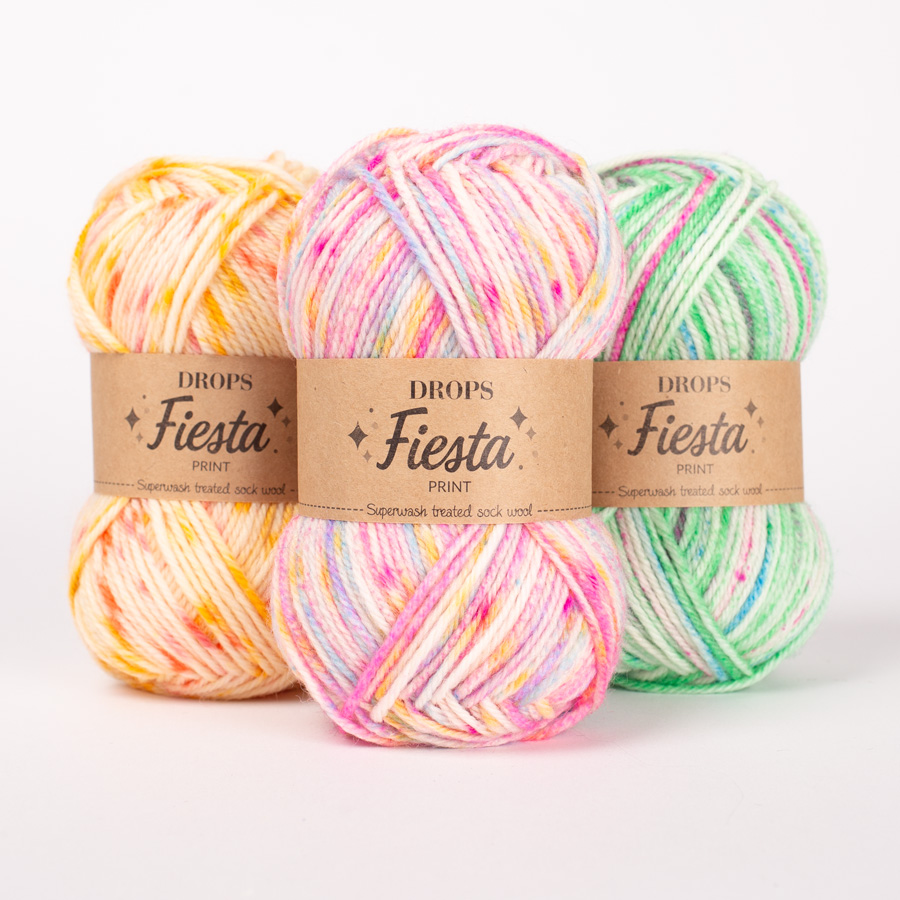









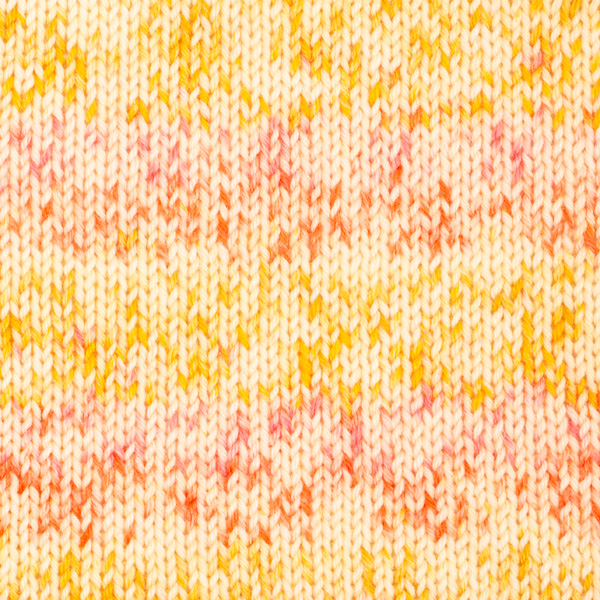





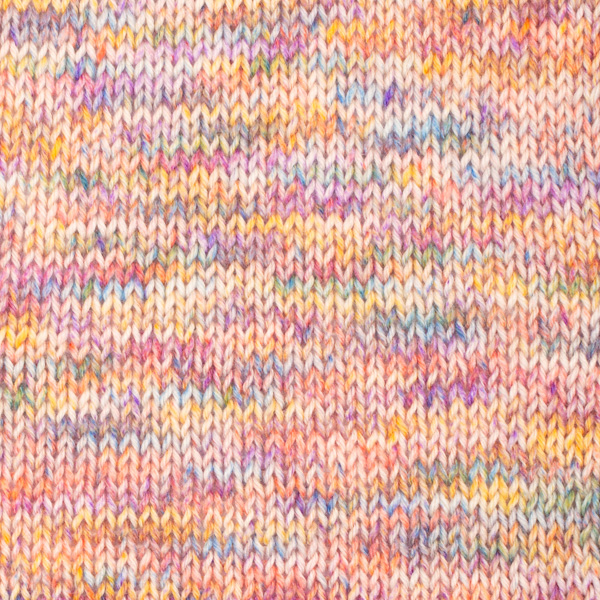



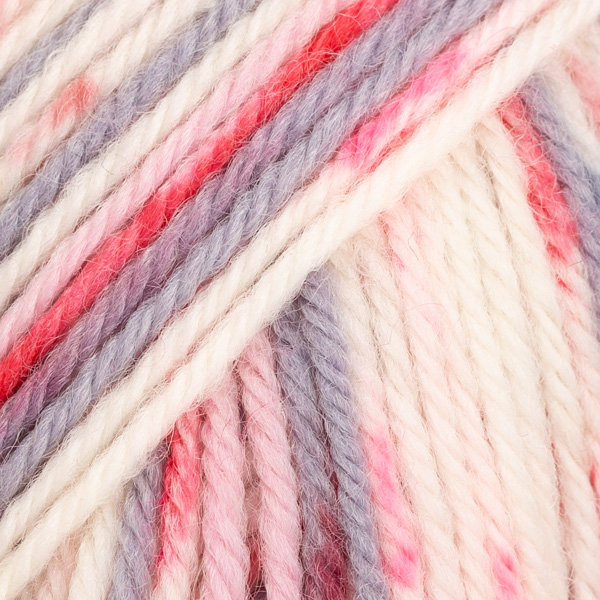



















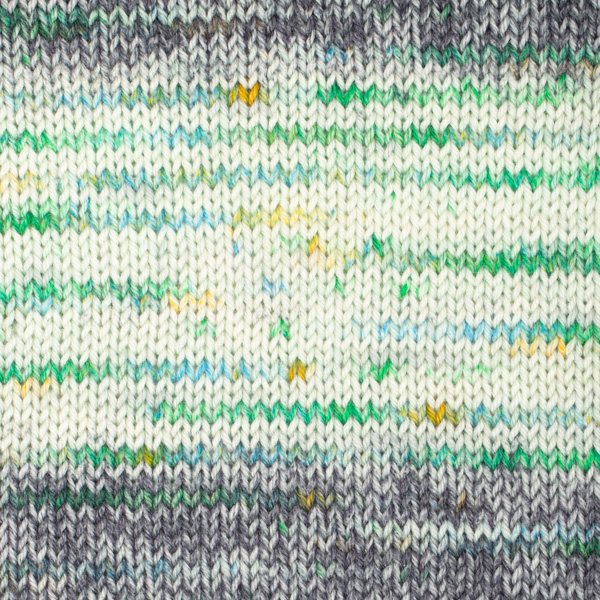


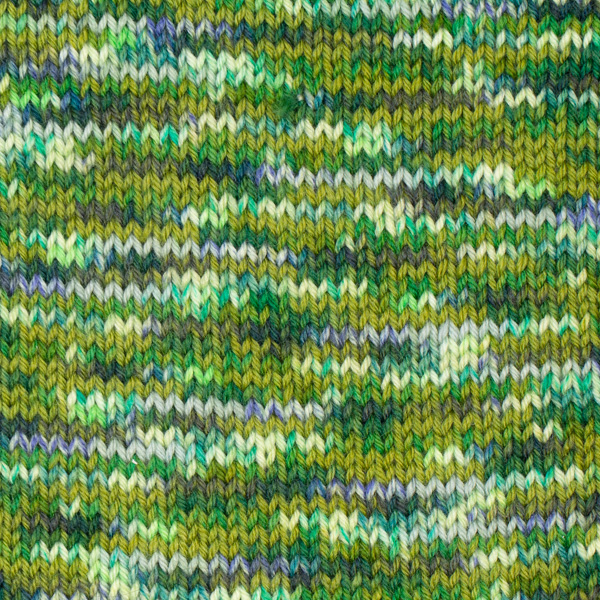
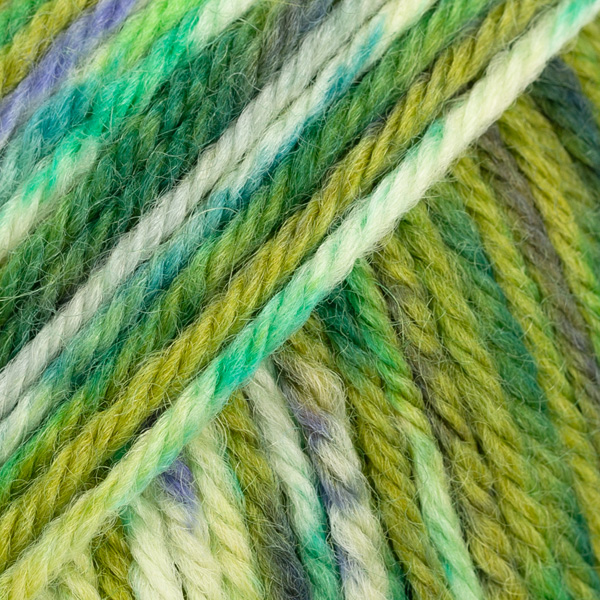


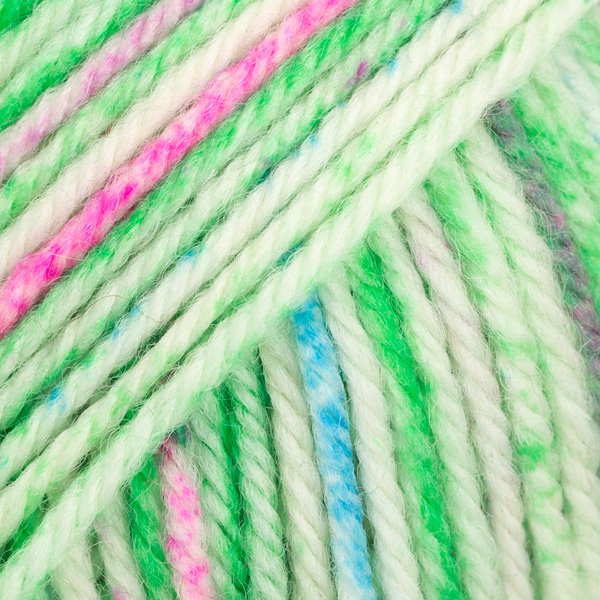


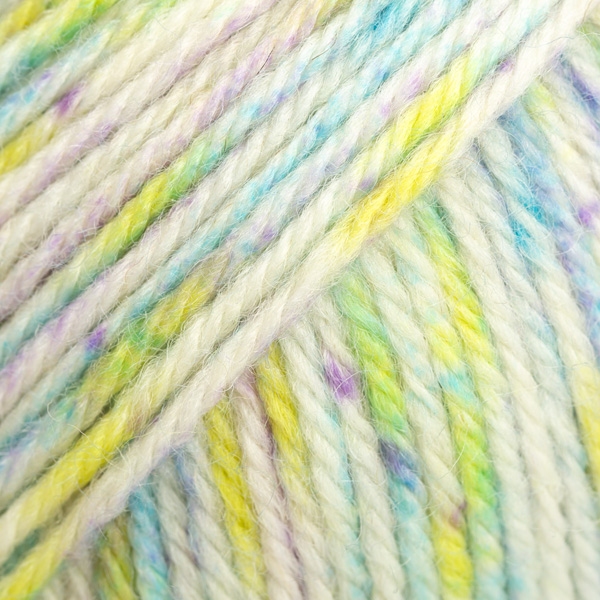


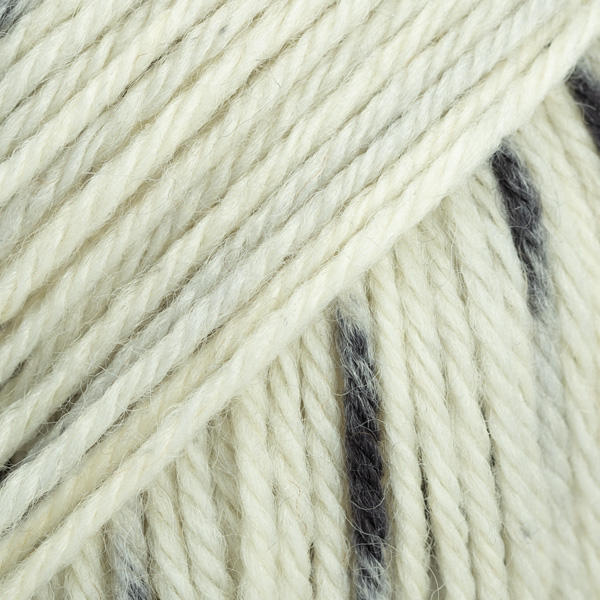





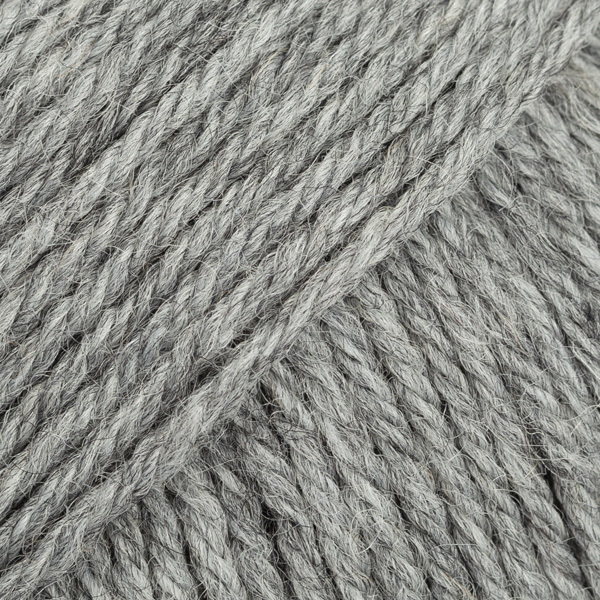







































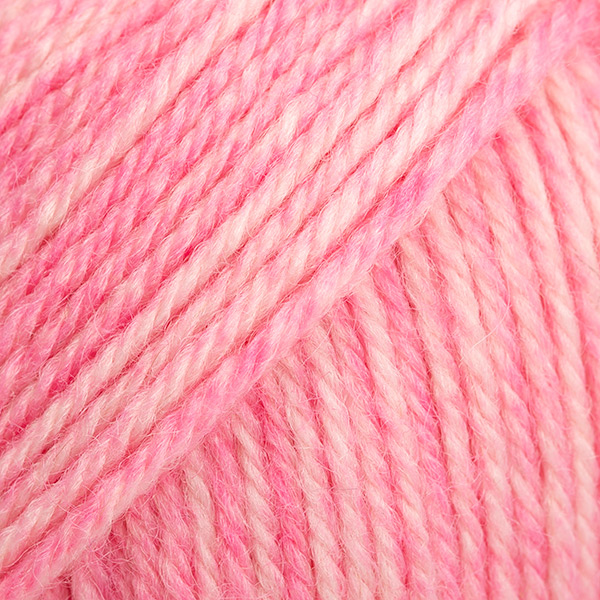



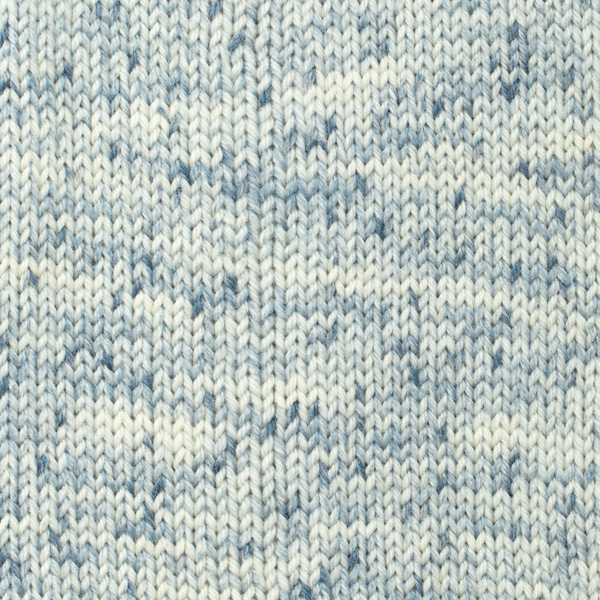


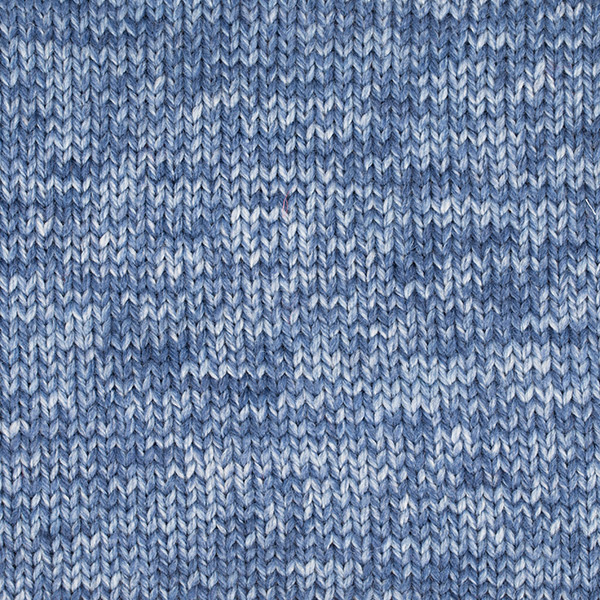




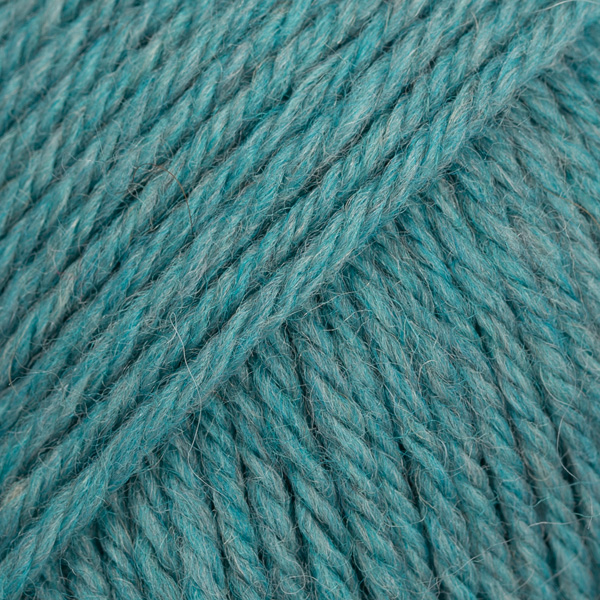





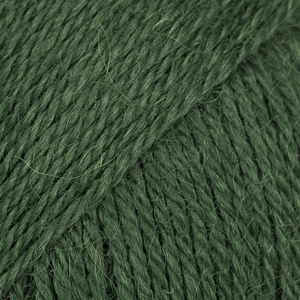





























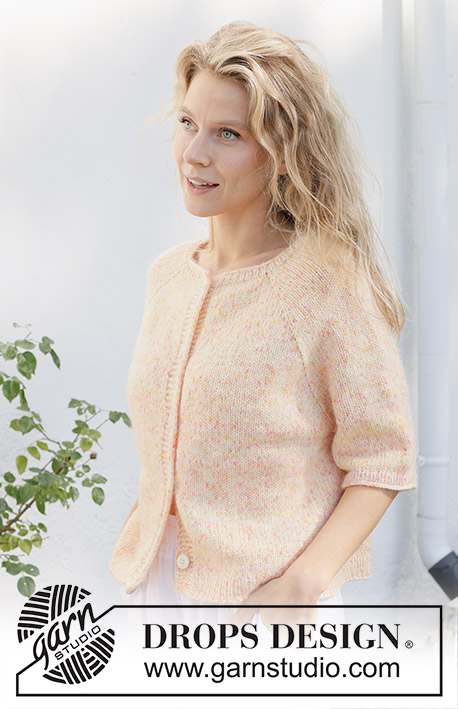









È di una morbidezza incantevole e l'effetto è davvero stupendo! Appena finirò il maglione vedremo come supporterà il lavaggio...
22.02.2025 - 20:36